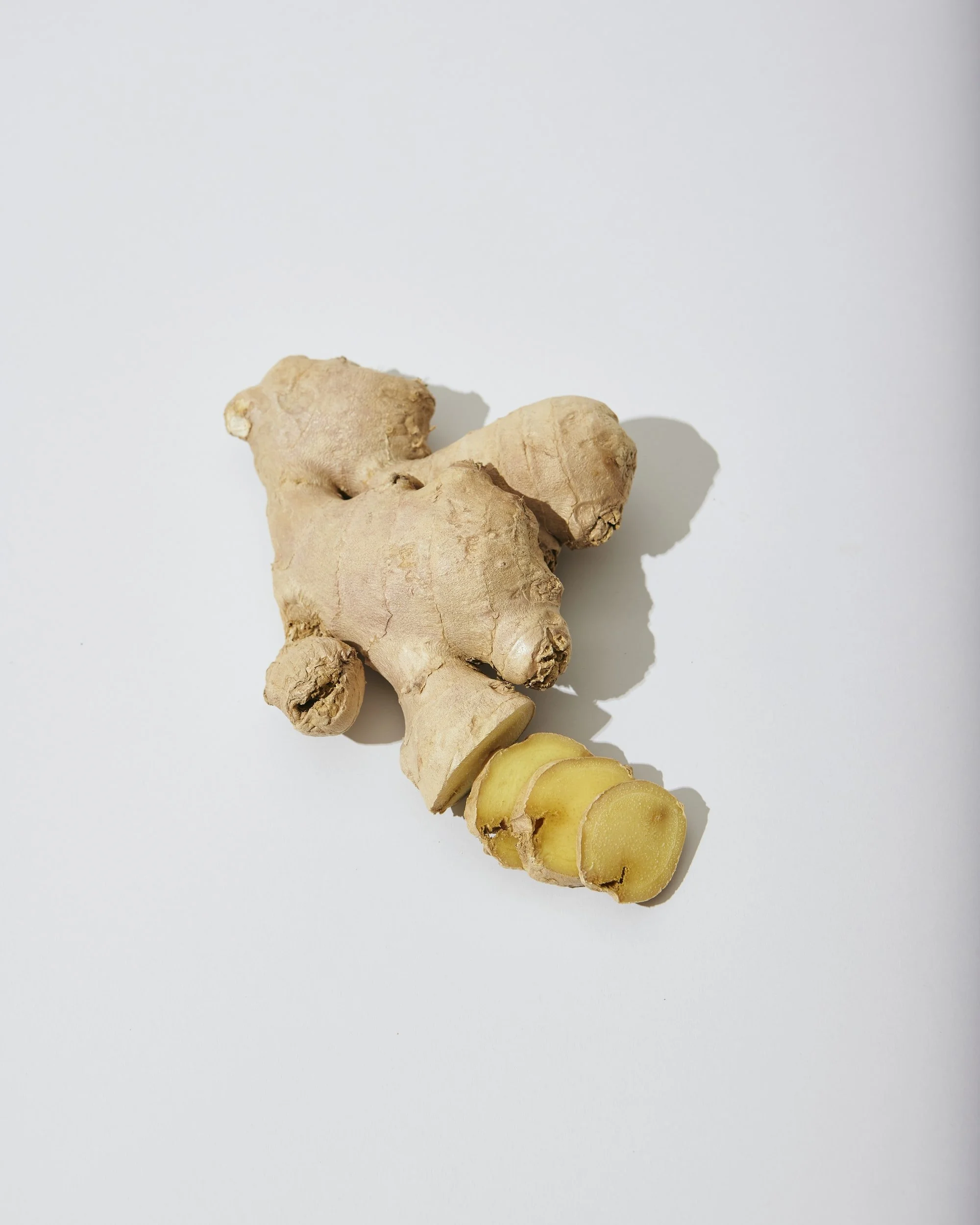What to Eat for Constipation Relief
Constipation is one of the most common and overlooked digestive conditions. While it is common, it doesn’t make it any less physically or mentally uncomfortable. Constipation can lead to other symptoms like gas and bloating, impact our hormones, can eventually make us feel tired and sluggish.
That’s why addressing constipation is the first place I recommend people start when make changes to support their energy levels.
Sometimes I am asked about what products to buy to help with constipation. And while there are many natural remedies on the market, I recommend focusing on foods first. There are circumstances when teas or supplements are beneficial, but we also want to make sure that the body is able to have a bowel movement on its own.
Let’s start with a simple list of what to eat for constipation relief:
Hydrating Foods
The first place to start is hydration. Why? Your body is smart. If it becomes dehydrated, it will begin to pull water from your colon. This unfortunately means stool will become hard and difficult to pass.
Drinking enough water is essential for things to move along smoothly. Signs of dehydration include:
Headaches
Dizziness when standing up
Dry or cracked lips
Dark yellow urine (unless you’re taking a Vitamin C or B Complex supplement).
So how much water do you need? A general rule is to drink half your weight (lbs) in ounces of water per day.
Another option to keep hydrated is to incorporate more fresh fruits and vegetables into your day. In particular, pears are beneficial for constipation because of their high water content and dietary fibre. Luckily, pears also make a great on-the-go snack.
Fiber
Fibre is essential because it helps to bulk up and pass stool easily. Soluble fibre creates a gel that improves digestion, while insoluble fibre attracts water into your stool, making it softer and easier to pass with less strain on your bowel.
How much fibre should you aim for? The average recommended fiber intake is 5 -7 servings (1 serving being the size of an adult fist) per day, but it is important to tune in and see what works for you.
Some great sources of fibre include:
Vegetables (leafy greens, green beans, carrots, cauliflower, etc)
Beans
Lentils
Nuts
Seeds
Berries
Oats
Sweet Potato
Avocado
Apples
Tips for increasing your fibre intake:
Aim to increase fibre by one daily serving of each week until you reach your goal. This prevents the possibility of digestive distress from a sudden and dramatic increase.
Spread your fibre consumption throughout the day, as eating too much at once may stress out the digestive system.
Think about the diversity of fibre. As you get more comfortable with adding fibre, work to gradually increase the types of produce you eat each day. Just start with one new vegetable per week and go from there.
Healthy Fat
Healthy fats act as a lubricant in the digestive system and increase the strength of intestinal contractions, which are needed to stimulate your colon to initiate a bowel movement.
Healthy fats like olive and flaxseed oil have shown to help with increasing the frequency of bowel movements and consistency. Some easy ways of incorporating these oils is by adding them to salad dressings, smoothies, or simply drizzling on top of your meal.
Ginger
Ginger is known to be an important tool in the digestion toolkit. Ginger can help decrease the pressure on the lower intestines, which helps to promote motility through the digestive tract.
Ginger may also help manage other symptoms often associated with constipation, such as nausea, cramping, and bloating. In cases where there is gut dysbiosis (which means imbalances in gut microbes) and inflammation, ginger’s anti-inflammatory properties also work to soothe and relieve irritation.
I recommend brewing some ginger tea or simply steeping ginger in hot water, and drinking it between meals.
If constipation is an ongoing concern of yours, check out my Gut Reset Program where we take a root cause approach to constipation and more.











